Obsessed By a Magical Chateau.
Have you ever been somewhere and seen something during your travels—a waterfall, perhaps … or a dramatic mountain like the Matterhorn … or a building, not necessarily a big one—and something about it resonates deep within you? I find that that’s how I am with a chateau in the small French town of Azay-le-Rideau.
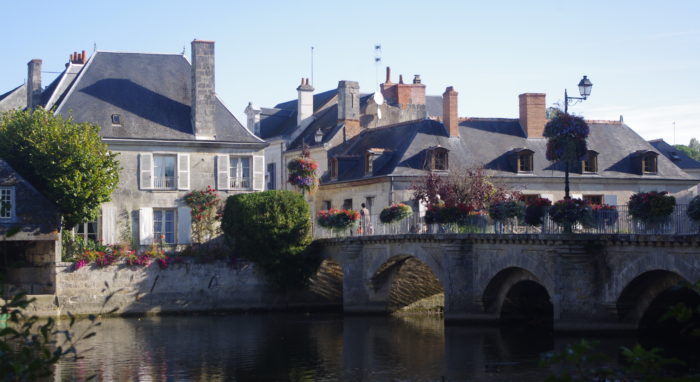
I’ve been to Azay-le-Rideau twice, the last time for three days. It’s a small town, typical for the area with stone building on narrow streets. The meandering Indre River flows through it.
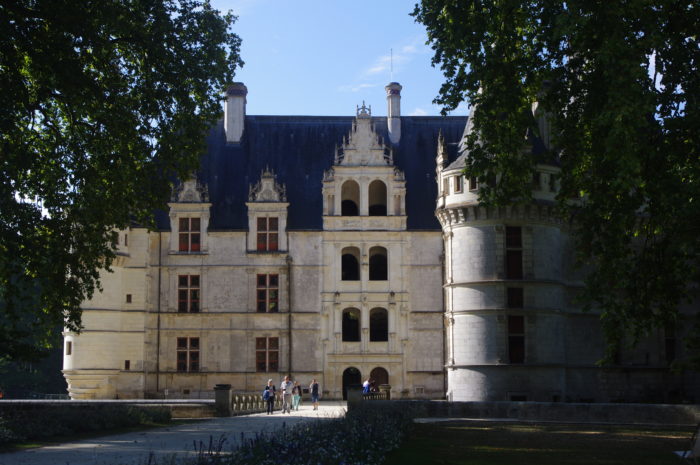
I went to the chateau on each of those three days and paid admission each time. Toured the building, walked around the grounds and, most of the time, just sat and contemplated this marvelous structure.
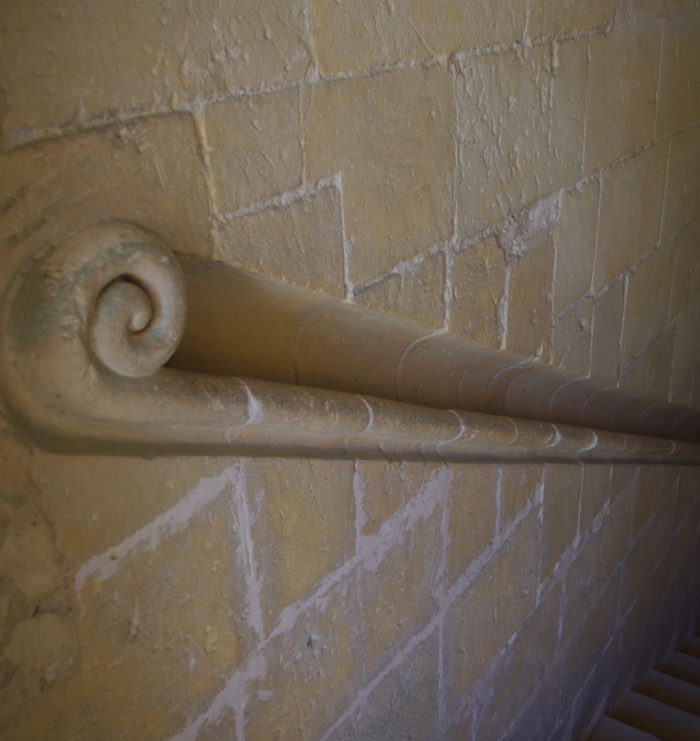 Construction was started in 1518 and took nine years to complete. The chateau was built by Giles Berthelot—that is to say, he paid for it—but his wife, Philippa, actually directed the work on a day-to-day basis. That must have been quite unusual 500 years ago.
Construction was started in 1518 and took nine years to complete. The chateau was built by Giles Berthelot—that is to say, he paid for it—but his wife, Philippa, actually directed the work on a day-to-day basis. That must have been quite unusual 500 years ago.
Some of the features are quite interesting. For instance the bannisters or railings—is that what you’d call them?— on each side of the board stone stairways we carved out of the blocks of stone that formed the walls. Interestingly, most of the other people touring the building just reached for them as they negotiated the stairways without noticing how unique the were.
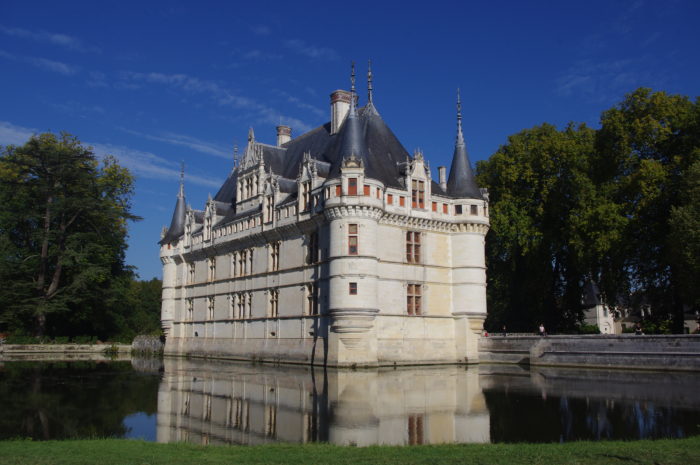
But you’re struck by the real beauty of the place when you stroll around the grounds and get to the opposite side of the building—what an inadequate word!—and see how a part of the Indre River was diverted to form a reflecting pond that creates a stunning effect.
Azay-le-Rideau is about 165 miles southwest of Paris in the Loire Valley. By the way, this little town of some 3,500 people offers us a great example of the public transportation system in France. Azay-le-Rideau has its own railway station and, with a connection in Tours, four trains a day will take you there from Paris. Two other trains will take you to Tours and the connection there is a bus. It’s about an hour’s ride to Azay-le-Rideau.

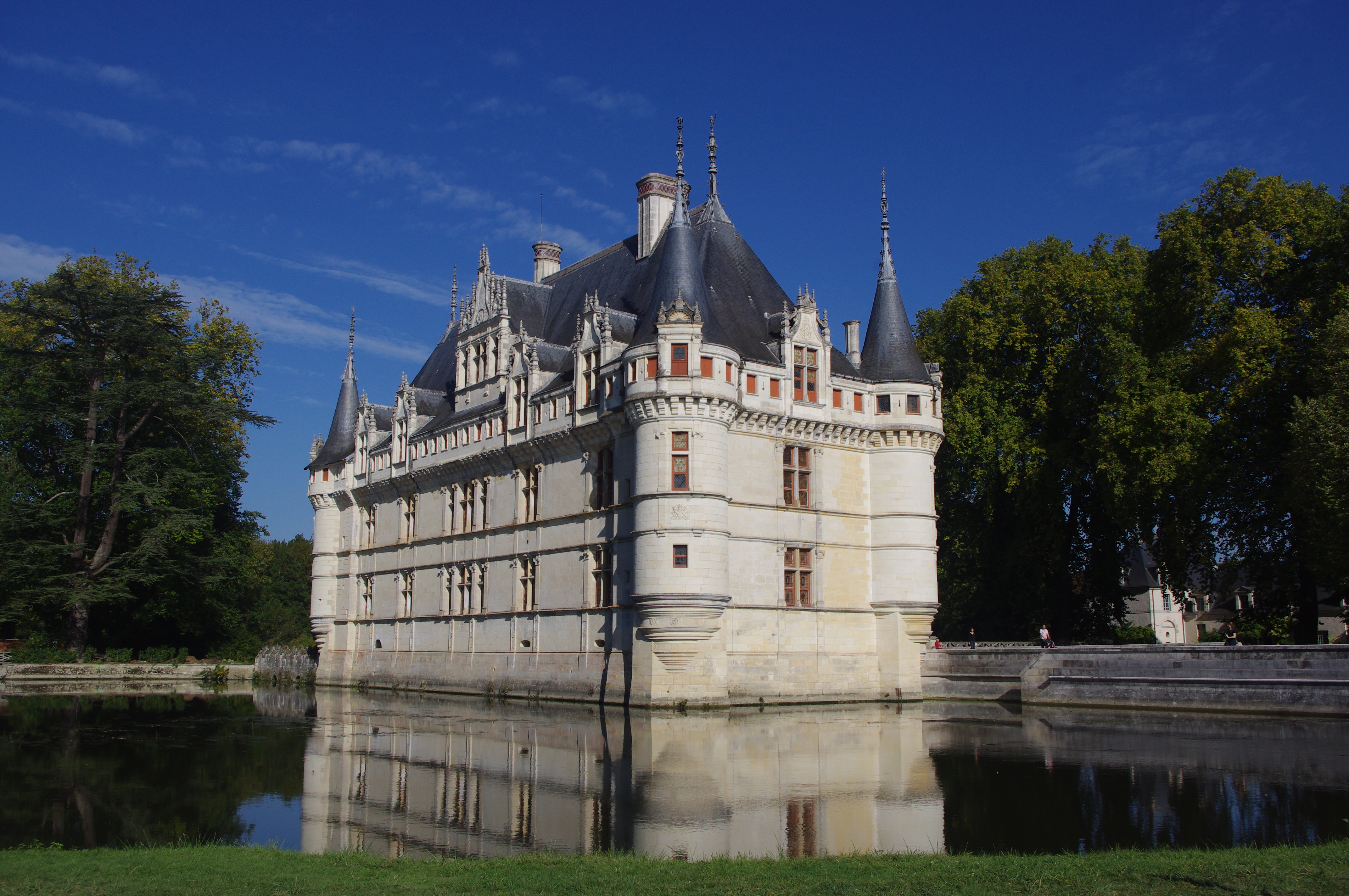
The thing is, compared to most Western European countries, 4 trains a day is actually a pretty poor service. Consider the town of Spa, an old resort town of by-gone fame in the Belgian Ardennes. For decades, the direct trains from Brussels have been cancelled, but each hour, 14 times a day, there is a train to Verviers where you can change for a local train to Spa. Or the German cities of Gotha, Erfurt, Saalfeld, Jena, Weimar… in Thuringia, one of Germany’s forgotten gems, with beautiful cities (now often restored after the decades of communist rule and the war and beautiful countryside and forests), see a train at least each 2 hours, often more, and often even more regional trains.
I suppose there could be more. I went to the Rail Europe website and did a quick check. Everything’s relative, of course. Denver, Colorado, the state capital with a population of some 700,000 just within the city limits, gets one train a day in each direction.
Of course, a big part of the USA is a vast stretch of near-nothingness, most trains in Europe are local trains, even the so-called Inter-City trains often run for no more than 5-6 hours or so. There is no comparison, or at least an honest one, to look at say Denver, and a city such as Kassel, on a crossroads of railroads connecting Berlin, Hannover, Frankfurt, Köln… Still, France may be a wonderful country to go on holiday, their railways are often not as good as most of their neighbour’s. The TGV is a wonderful equipment for Paris and a select group of other French cities, but in the rest of the country, they could do so much better…
Complaining about the trains is a very popular topic in almost every country, but just have a look at FNAUT, NARP’s French counterpart. It’s not all roses…